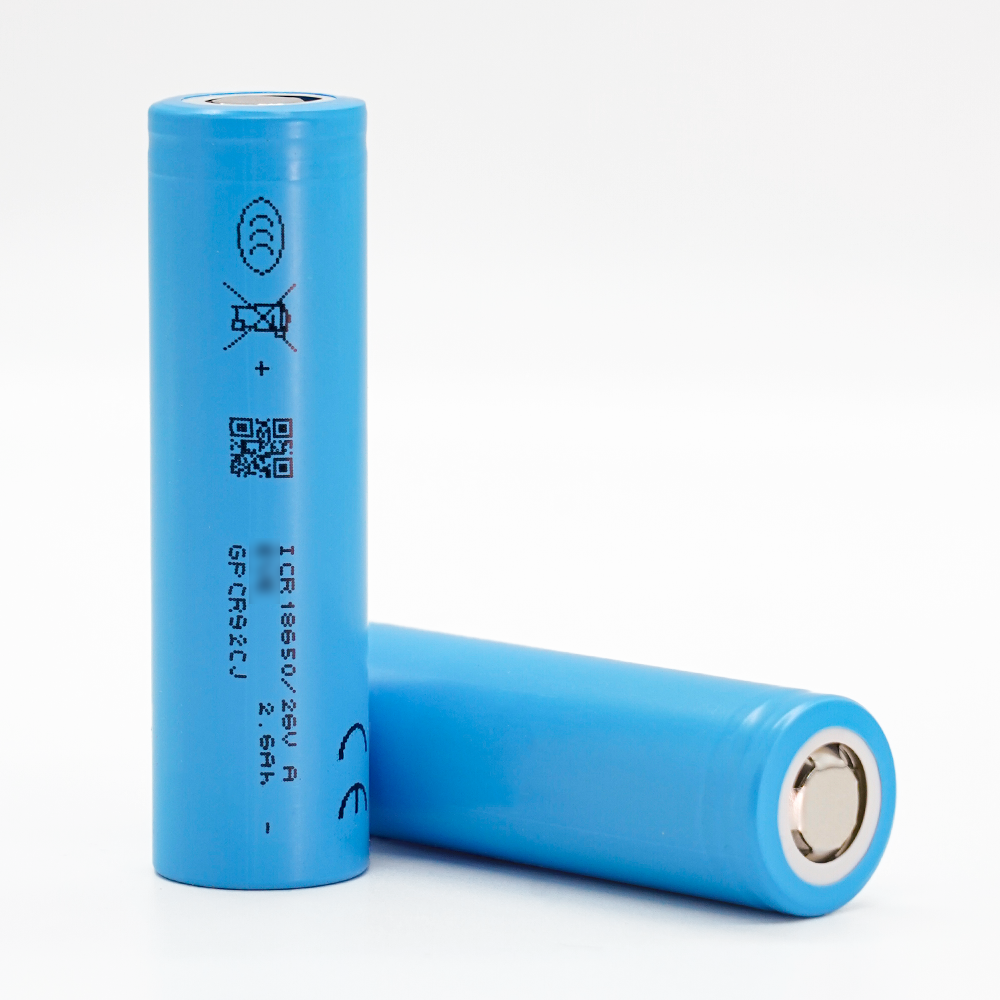Introduction
Have you ever wondered what powers your flashlight, your smartwatch, or even hospital medical devices? The answer is often a 3.6V lithium battery.
At first glance, 3.6 volts may look like just another number. But in fact, it’s not random. This value reflects the natural chemistry of lithium cells and represents a balance between size, energy, and lifespan. That’s why these batteries are compact, powerful, and long-lasting, making them a top choice for modern electronics.
In this ultimate guide, we’ll explore everything you need to know about 3.6V lithium batteries: what they are, how they work, their advantages, applications, safety, and future trends.
1. What Is a 3.6V Lithium Battery?
A 3.6V lithium battery is a single cell with a nominal voltage of 3.6 volts. Think of nominal voltage as an average working level.
Sometimes you’ll see 3.7V instead. Are they different? Not really. Both are the same type of lithium-ion battery, just labeled differently by manufacturers. Fully charged, they reach 4.2V; when empty, they drop to about 2.5V. For most devices, 3.6V and 3.7V can be used interchangeably.

2. How Does It Work? (The Simple Version)
You don’t need to be a chemist to get this. Lithium batteries work because lithium ions move between the positive and negative sides during charging and discharging.
When charging, the ions move to the negative side and store energy. When discharging, the ions return to the positive side, releasing power.
Think of it like a water tank: filling it up is charging, letting water out is discharging. The special thing about a 3.6V lithium battery is that its voltage stays steady while in use, so your devices don’t suddenly lose power.
3. 3.6V vs 3.7V: What’s the Difference?
One of the most common questions: is there a real difference?
3.6V cells tend to focus more on stability and lifespan.
3.7V cells are often pushed for slightly higher energy density.
For most electronics, they’re interchangeable. But in critical devices such as medical implants or aerospace instruments, you must follow the manufacturer’s exact specifications.
4. Common Sizes and Models
3.6V lithium batteries come in different shapes and capacities. Here are the most popular:
| Model | Size | Capacity Range | Typical Applications |
|---|---|---|---|
| 18650 | 18 × 65 mm | 1800–3500 mAh | Laptops, power banks, e-bikes |
| 14500 | 14 × 50 mm | 600–1000 mAh | Flashlights, toys |
| AA lithium primary (Li-SOCl₂) | AA size | 2000–2600 mAh | Industrial sensors, meters |
| Button cells (CR123A, etc.) | Coin-sized | 150–1000 mAh | Cameras, alarms, security devices |
Rule of thumb: bigger cells store more energy, smaller ones suit lightweight devices.
5. Why 3.6V Lithium Batteries Are So Popular
These batteries are everywhere for good reasons.
High energy density: lots of power in a small package.
Lightweight: easier to carry than older battery types.
Long lifespan: 300 to 1000 charge cycles.
Stable power output: devices run smoothly without sudden drops.
Low self-discharge: holds charge well, even in storage.
6. Charging Basics
3.6V lithium batteries come in two main types: primary (non-rechargeable) and rechargeable.
For rechargeable batteries, charging correctly is essential.
Use chargers that stop at 4.2V.
Charge slowly—fast charging can stress the cell.
Choose smart chargers with overcharge and heat protection.
Tip: a high-quality charger is just as important as the battery itself.
7. Lifespan and Durability
How long do they last? It depends on usage.
Temperature: heat accelerates aging, cold reduces temporary performance.
Usage habits: full-to-empty cycles shorten lifespan.
High loads: strong current drains wear out cells faster.
Best practice: avoid extremes. Don’t leave them at 100% all the time, and don’t drain them to 0%. For storage, keep them at around 40–60% charge.
8. Safety and Risks
Lithium batteries are powerful but need to be handled responsibly. Risks include swelling, leaking, or in rare cases, fire. Common causes include overcharging, short circuits, physical damage, and exposure to high heat.
To stay safe, buy from trusted brands, use batteries with built-in protection circuits (BMS), and check for certifications like UL, CE, and UN38.3.
9. Market and Future Outlook
Demand for 3.6V lithium batteries keeps rising as we add more electronics to daily life.
IoT sensors such as remote monitors and smart meters.
Wearables including watches, earbuds, and trackers.
Energy storage systems where single 3.6V cells are combined into larger packs.
Future technology with solid-state designs and fast-charging innovations.
3.6V lithium batteries are set to remain central in many industries for years ahead.
Conclusion
The 3.6V lithium battery may look ordinary, but it powers countless devices around us. Its balance of size, energy, and reliability makes it the preferred choice for both consumer electronics and industrial equipment.
To make the most of them, just remember:
Choose the right size and type.
Use the proper charger.
Follow safe habits in use and storage.
By doing so, you’ll get long-lasting, dependable performance from your batteries. And as technology advances, the 3.6V lithium battery will continue to be a trusted source of power.




